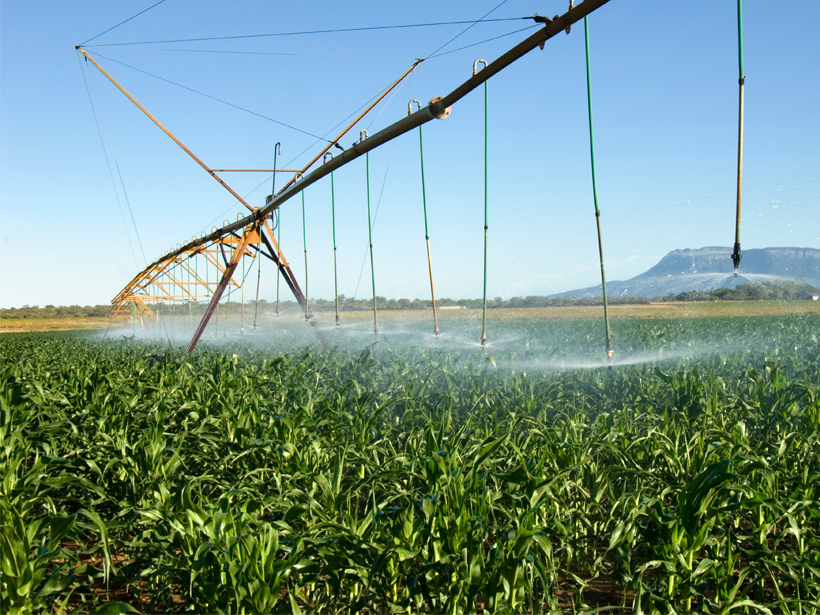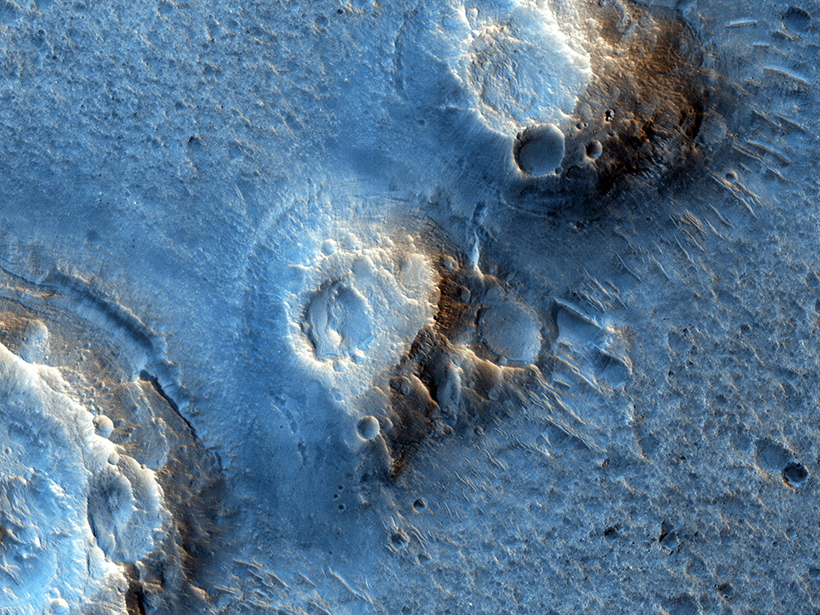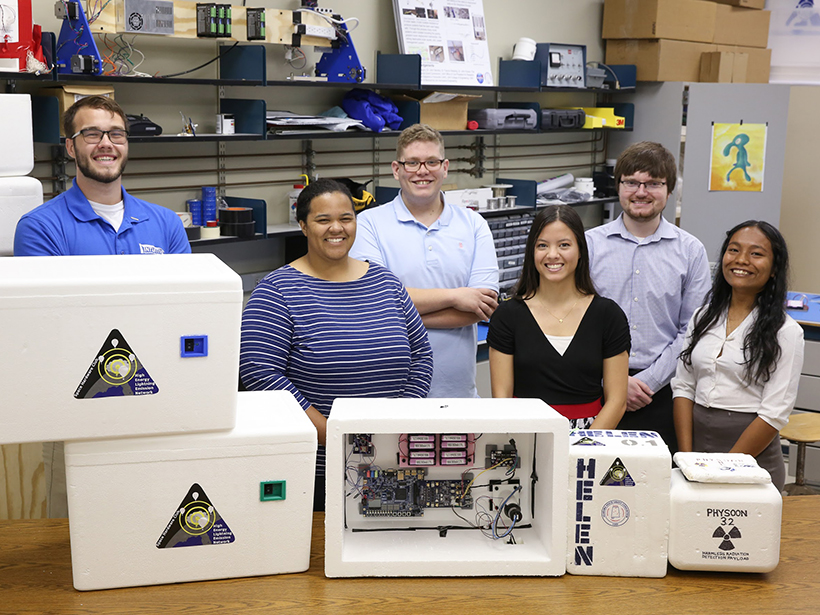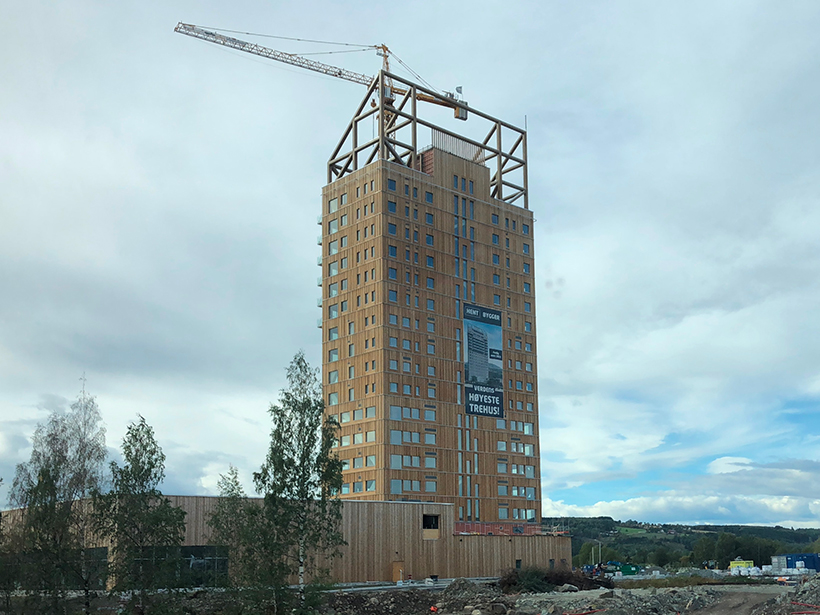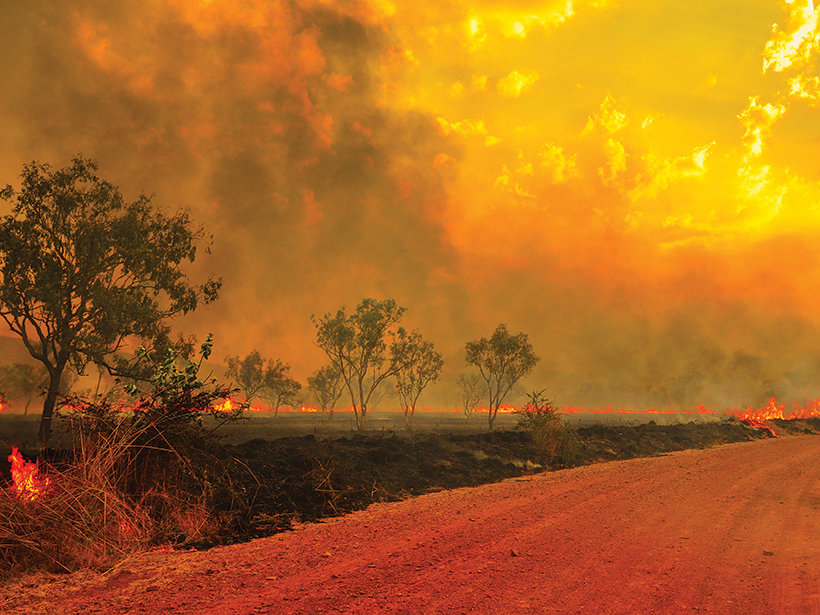A recently revived subsurface water retention technology could conserve water and drastically increase crop yields in arid landscapes with sandy soils like sub-Saharan Africa.
CC BY-NC-ND 2020
Growth and Challenges for JGR: Solid Earth
The outgoing Editor in Chief of JGR: Solid Earth reflects on his tenure and expresses appreciation to all those who contributed to the success of the journal over recent years.
Profits for the Planet
Entrepreneurs are addressing global challenges with science-based—and financially sustainable—solutions.
Skywatchers Spy Rippling Waves in the Northern Lights
Not to be outdone by the discovery of STEVE sub-auroral emissions last year, citizen scientists across Scandinavia reveal dune-shaped optical features, a new atmospheric phenomenon.
Using Earth’s Atmosphere as a Solar Flare Monitor
Measurements of very-low frequency radio signal phase and amplitude can detect upper atmosphere changes caused by solar flares, enabling us to monitor flare occurrence and intensity.
How Scientists Search for Martian Methane
Finding subsurface reserves of methane on Mars could revolutionize human space travel, but it won’t be an easy hunt.
Students Launch Balloon-Borne Payloads into Thunderstorms
The High Energy Lightning Emission Network project hopes to detect elusive bursts of light and particles called terrestrial gamma ray flashes.
Wooden Buildings Could House the Carbon of the 21st Century
To keep carbon out of the atmosphere, researchers argue that we need to return to one of the world’s oldest building materials: wood.
Firing Up Climate Models
Scientists are working to incorporate wildfire data into climate models, resolving hindrances related to scale, speed, and the complex feedbacks between the climate and wildfire emissions.
Insights from Space: Satellite Observations of Arctic Change
New satellite instruments and data, plus a more comprehensive observing network, are key to increasing our understanding of past and future change in the Arctic Boreal Zone.

